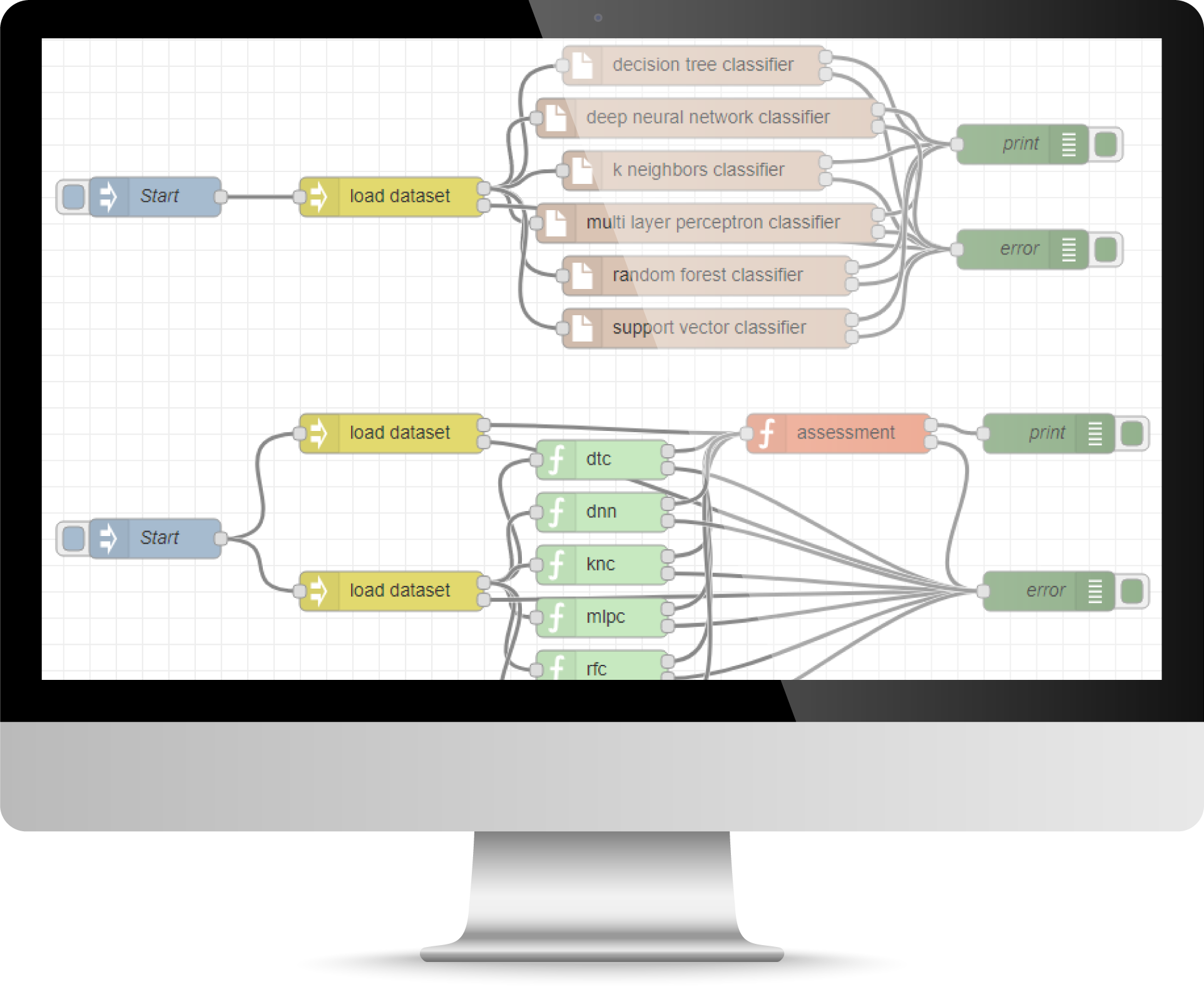In this modern era, industrial instruments are under extreme pressure to meet the demands of accessibility, efficiency, and quality. According to a report by Information Technology Intelligence Consulting, an hour of downtime costs more than $150K for 98% of manufacturing organizations and more than $1M for one-third of them [1]. Therefore, industries that heavily depend on operations of hundreds of expensive and critical pieces of equipment (e.g., manufacturing, construction, mining, oil and gas, electricity, and automotive) require an efficient and precise maintenance plan which minimizes downtime and repair time. In this post, we review basic to advance maintenance strategies.
Maintenance Strategies: Corrective VS Preventive VS Predictive
Three general types of maintenance can be identified, namely corrective, preventive, and predictive maintenance.
- Corrective maintenance is performed as soon as a fault is discovered on a device or production line. The aim is to get the equipment working properly again so that it can complete its assigned function. This basic solution often comes with side effects:
- Faults may stop an industrial device operation and consequently stop a product line or reduce efficiency of a manufacturing sector.
- If the faulty device is supposed to maintain a building comfort but fails, it may build a bad experiment for customers.
- Preventive maintenance arranges maintenance based on either a usage or time trigger regardless of whether the equipment needs maintenance. Take a heating unit as an example that is serviced every year before winter, or a car that requires scheduled maintenance every 5,000 miles. These costly maintenances often service equipment and inspect the most vulnerable parts of equipment; however, many faults are hidden for a while and appear suddenly.
- Predictive maintenance (PDM) uses condition-monitoring technology to measure equipment performance, often through the Internet of Things (IoT), and monitor the normal operation of equipment or machines to detect failures before they become serious problems. In fact, the goal of predictive maintenance is to optimize maintenance resource usage by knowing when a certain part will fail. As a result, the maintenance manager can only schedule maintenance work when it is absolutely necessary, avoiding both excessive maintenance and unplanned equipment failure (unscheduled maintenance). A properly functioning predictive maintenance lowers operational costs, minimizes downtime issues, and improves overall asset health and performance.
In PDM strategy, maintenance is only performed when needed which makes the process a cost-saving and time-saving approach. According to the Wall Street Journal, “Every year, wrecked equipment is the reason for 42% of unexpected downtime that results in extreme maintenance, repair and equipment replacement which cost industrial manufacturers an estimated $50 billion” [2]. Furthermore, based on studies by the U.S. Department of Energy’s Federal Energy Management Program, a successfully implemented Predictive maintenance program can save up to 40% more than corrective maintenance and 12% more than preventive maintenance. It also leads to a tenfold increase in return on investment (ROI), a 70%-75% decrease in breakdowns and a 35%-45% reduction in downtime. When it comes to maintenance costs, predictive maintenance costs $9 hourly pay per year while preventive maintenance costs $13 hourly pay per year. This points to the fact that predictive maintenance is a more reasonable selection [3].
Fault Detection and Diagnosis
Fault detection and diagnosis (FDD) is another key technology to ensure the safe operation of industrial processes. FDD for industrial processes makes an effective indicator that can identify the faulty status of a process and then take proper action against an unfavorable future failure. FDD techniques monitor systems and detect and diagnose anomalies and faults. A fault is detected when the system’s observed behavior differs from the expected behavior by a certain threshold.
How does InfiTelligence address FDD and PDM?
Infilock has developed a graphical machine learning (ML) prototyping service, called InfiTelligence, that enables users to easily draw any ML workflow by drag and drop. A range of graphical components has been implemented for ML algorithms including pre-processing and training. Users can interactively design and tune any FDD and PDM workflow for any industrial device in InfiTelligence. They can either train data models through historical data logs or simply use pre-trained models that have been carefully created and tested with standard datasets.

Conclusion
Maintenance processes and programs are the foundation of productivity and reliability in industries. Therefore, numerous sorts of maintenance coexist to provide manufacturers with opportunities to optimize their production lines. Each company determines its industrial maintenance needs and executes an arranging methodology and the best way to manage maintenance work is to use a predictive maintenance software such as InfiTelligence.
References
[1] Information Technology Intelligence Consulting. (2020). April. https://www.ibm.com/downloads/cas/DV0XZV6R
[2] Wall Street Journal Custom studios, IndustryWeek in collaboration with Emerson (2022). April. https://partners.wsj.com/emerson/unlocking-performance/how-manufacturers-can-achieve-top-quartile-performance
[3] Operations & Maintenance Best Practices, A Guide to Achieving Operational Efficiency, Federal Eenergy Manageent Program, Chapter 5, Release 3.0, August 2010.



